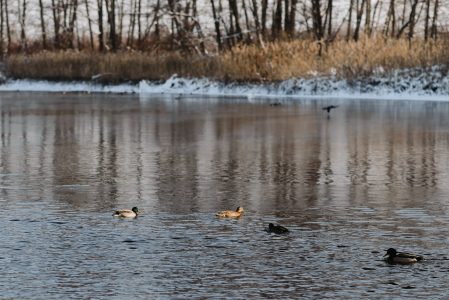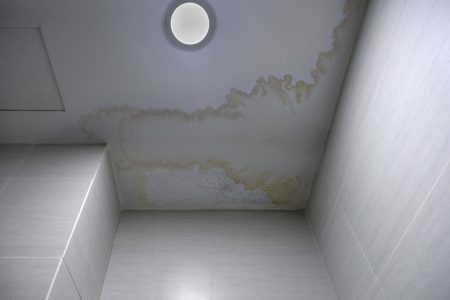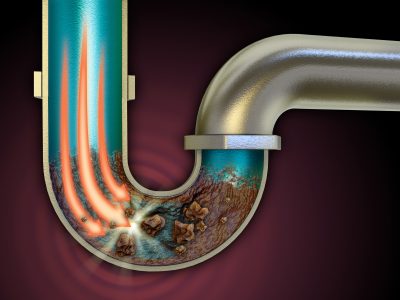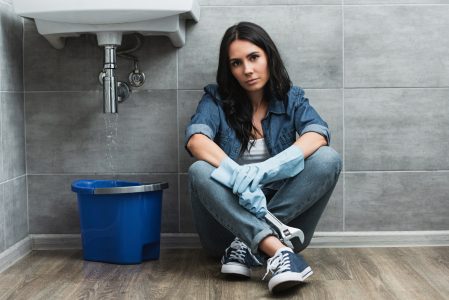How to check the reliability of a back flow prevention device?
April 11th, 2022
Spring is fast approaching and with it, the rainy days. Your siding and your roof seem well sealed, but what about your basement. Do you think you are safe from sewer backups, for example? Does your home have an effective back flow prevention device and if so, how can you check its reliability? The following article will give you more information about it.
What is a back flow prevention device?
A back flow prevention device or also called a non-return valve is, as its name suggests, a device to prevent the return of waste water, but also to prevent the circulation of bad odours in your pipes. It also prevents possible pollution of drinking water.
How does this type of device work?
The principle is simple, it is a valve placed on the piping which opens when the water passes in the intended direction, but which closes immediately afterwards in order to avoid any back flow of waste water or smell the wrong way. The valve itself is made up of a seal to guarantee perfect obstruction. It also disassembles for cleaning.
The different types of check valves or back flow prevention device
The most common check valves are those that are “normally closed”. Some only protect a single appliance, such as a washing machine, while others will protect several sanitary appliances connected to the same drain connection. This is often the case, for example, in the basement. The valve then rises to allow the flow of wastewater from the house. The valve then closes to prevent any sewer backing up into the house. It is important to note, however, that it is prohibited to install this type of valve on the main evacuation pipe of a house. This would prevent the air circulation which is necessary for the ventilation of the network. In this case, it may be appropriate to use a “normally open” type valve instead, which would only close in the event of a back flow.
Check that your check valves are working properly
As specified above, bad odours coming from your pipes could lead you to suspect that your back flow system is not working properly. Perhaps there is accumulated debris. In this case, it is better to call a professional who will check the tightness of the device and its proper functioning. You can also do the cleaning yourself, but remember to wear gloves for safety. Wastewater can carry bacteria or other contaminants.
If in doubt about the proper functioning of your back flow prevention device or simply if you have any questions, do not hesitate to call a plumber. They will always be happy to answer all your questions and come on site with the proper tools and knowledge to find the best solution for you.




